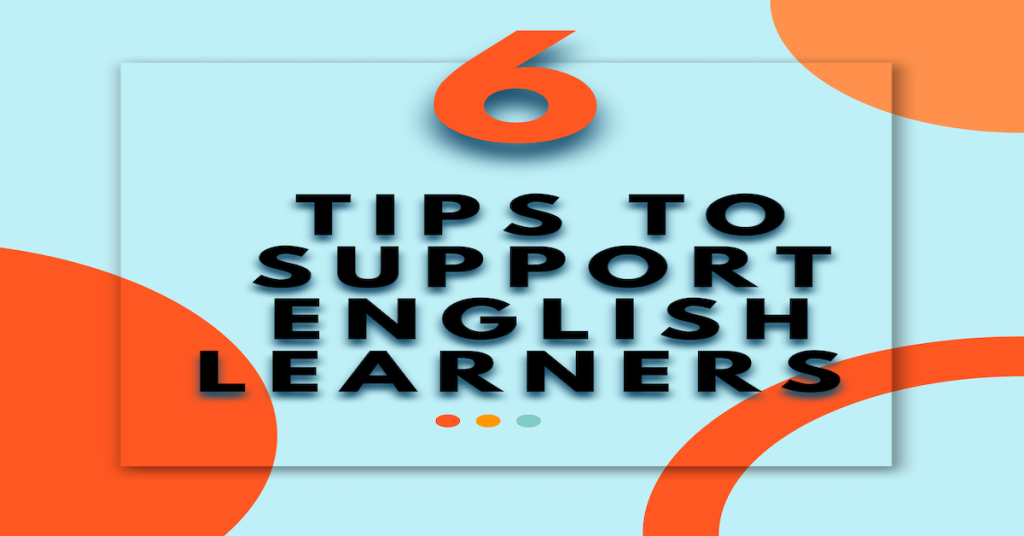Hello everyone,

Have you ever been confused with the ESL terms used in a conversation with a colleague or administrator about one of your English Language Learners (ELLs)? Did some of the English as a Second Language (ESL) acronyms, ESL terms, or phrases confuse you when teaching, discussing, and/or sharing information about English Learners?
You are not alone.
There are so many ESL terms in education and they constantly are shifting. I have compiled a list of terms to help wade through the confusion. This is just the beginning, but to start with, here are some must-know ESL terminology.
Terminology when referring to ESL students:
English Language Learner (ELL) ~
students who are learning English as a second language. It includes anyone who doesn’t speak English fluently or who is still acquiring English.
Limited English Proficient (LEP) ~
a student’s language level. LEP was employed for years to label children as English Learners. Now replaced by terms like ELL.
Early Childhood English Language Learner (ECELL) ~
an ELL below age 5 who is acquiring English as a second language.
Language minority (LM) ~
refers to a student from a family where a language other than English is spoken. It does not signify how well the student speaks or understands English.

Terminology when referring to programs:
Content-based E.S.L. ~
a model of language education using content curriculum, activities, study skills, and strategies of second language learning to teach English.
ESL – English as a Second Language ~
English language programs (push in and pull out) that focus on instruction in English to English Learners.
ESOL -English to Speakers of Other Languages~
language courses at the elementary and secondary levels. We can also use this with Adult ESL classes.
ESP – English for Specific Purposes~
instruction in or the learning of English for a certain segment of business or a particular career.
Immersion Method ~
a program model where children are submerged in English. English learners are put in English classes without a model, program, or any structure in place to learn English. ELs are expected to learn English by being surrounded by or immersed in the language.
Read our blog post on co-teaching ESL here!
Technology Enhanced Language Learning (TELL) ~
a method of teaching and learning English using a variety of technology and electronic media.
Teaching English as a Foreign Language (TEFL) ~
a teacher training program for teachers of English as a Foreign Language.
Teaching English as a Second Language (TESL) ~
teacher education programs to teach English as a Second Language.
Teaching English to Speakers of Other Languages (TESOL) ~
the distinction of specialized education for teachers who teach English language learners. This ESL term can also refer to the professional exams to certify a teacher in ESL.
I hope this list will help you out in your next conversation about English Language Learners or ESL programs!
Happy Teaching,




No comments:
Post a Comment